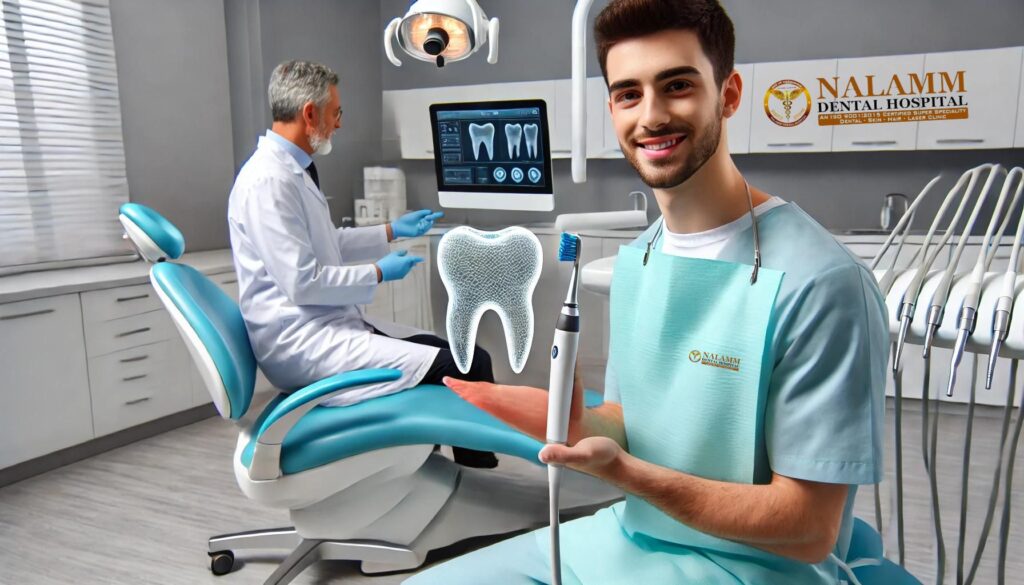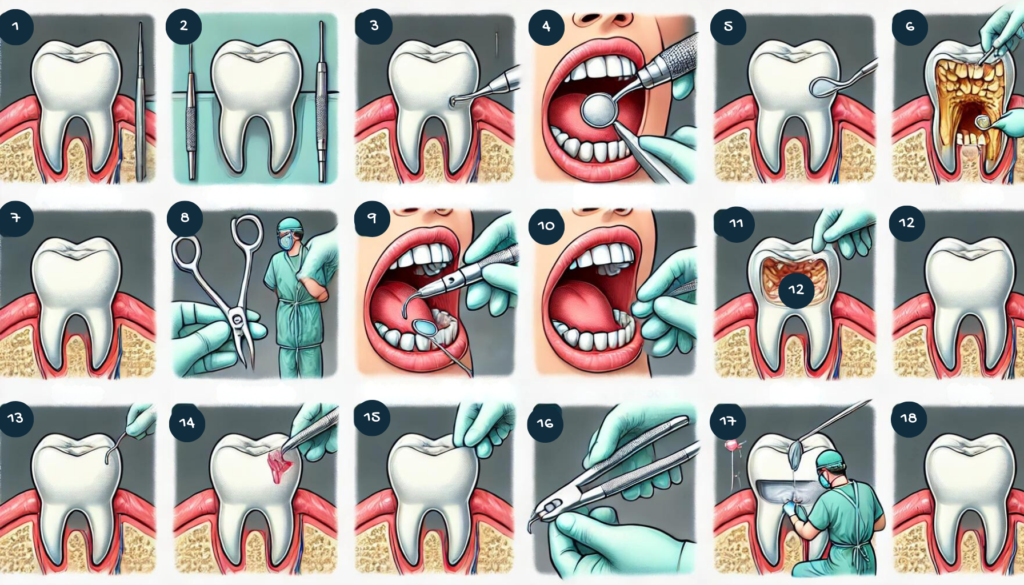Type 2 Diabetes Diet Sheet
Type 2 Diabetes Diet Sheet A Comprehensive Diet Sheet for Managing Type 2 Diabetes Introduction Type 2 diabetes is a chronic condition that affects how your body metabolizes glucose, leading to elevated blood sugar levels. At Apollo Sugar Clinics, we understand the importance of a balanced diet in managing Type 2 diabetes effectively. Here’s a comprehensive diet sheet to help you maintain stable blood sugar levels and improve your overall heal Understanding Type 2 Diabetes and Diet A balanced diet plays a crucial role in managing Type 2 diabetes. It helps control blood sugar levels, maintain a healthy weight, and reduce the risk of diabetes-related complications. Key Dietary Guidelines Carbohydrate Management: Choose complex carbohydrates like whole grains, legumes, and vegetables. Avoid simple sugars and refined carbs like white bread, pastries, and sugary drinks. Protein Intake: Incorporate lean proteins such as chicken, fish, tofu, and legumes. Limit red meat and processed meats to reduce the risk of heart disease. Healthy Fats: Use healthy fats like olive oil, avocado, nuts, and seeds. Avoid trans fats and limit saturated fats found in fried foods and processed snacks. Fiber-Rich Foods: Include plenty of fiber-rich foods such as fruits, vegetables, whole grains, and legumes. Fiber helps regulate blood sugar levels and supports digestive health. Portion Control: Practice portion control to avoid overeating and maintain a healthy weight. Use smaller plates and measure portions to ensure balanced meals. Regular Meals and Snacks: Eat regular meals and include healthy snacks to prevent blood sugar spikes. Avoid skipping meals, as it can lead to overeating and blood sugar fluctuations. Sample Diet Plan Breakfast Oatmeal with Berries: A bowl of oatmeal topped with fresh berries and a sprinkle of chia seeds. Greek Yogurt with Nuts: Greek yogurt with a handful of nuts and a drizzle of honey. Mid-Morning Snack Apple Slices with Peanut Butter: Apple slices dipped in natural peanut butter. Carrot and Celery Sticks: Fresh carrot and celery sticks with hummus. Lunch Grilled Chicken Salad: Mixed greens with grilled chicken, cherry tomatoes, cucumber, and a vinaigrette dressing. Lentil Soup: A hearty bowl of lentil soup with a side of whole-grain bread. Afternoon Snack Almonds and Walnuts: A small handful of almonds and walnuts. Greek Yogurt: A serving of plain Greek yogurt with a sprinkle of flaxseeds. Dinner Baked Salmon: Baked salmon fillet with a side of quinoa and steamed vegetables. Stir-Fried Tofu and Vegetables: Tofu stir-fried with a variety of colorful vegetables and served with brown rice. Evening Snack Berry Smoothie: A smoothie made with fresh berries, spinach, and almond milk. Cucumber Slices: Fresh cucumber slices with a light dip. Lifestyle Tips for Managing Type 2 Diabetes Stay Hydrated: Drink plenty of water throughout the day to stay hydrated and support overall health. Regular Exercise: Engage in regular physical activity such as walking, swimming, or yoga to help regulate blood sugar levels. Monitor Blood Sugar Levels: Regularly check your blood sugar levels to ensure they are within the target range. Consult a Dietitian: Seek guidance from a registered dietitian at Apollo Sugar Clinics to create a personalized meal plan. Our Commitment at Apollo Sugar Clinics At Apollo Sugar Clinics, we are dedicated to providing comprehensive care and support for individuals managing Type 2 diabetes. Our team of experts works closely with you to develop personalized treatment plans, including dietary guidance, to help you lead a healthy, balanced life. Conclusion Managing Type 2 diabetes requires a holistic approach, with diet playing a central role. By following this comprehensive diet sheet and incorporating healthy lifestyle habits, you can effectively manage your condition and improve your quality of life. For personalized support and expert care, trust Apollo Sugar Clinics to be your partner in diabetes management. F.A.Q 1. What is Type 2 Diabetes? Type 2 diabetes is a chronic condition where the body becomes resistant to insulin or doesn’t produce enough insulin, leading to high blood sugar levels. 2. Why is diet important for managing Type 2 diabetes? A balanced diet helps control blood sugar levels, maintain a healthy weight, and reduce the risk of complications associated with Type 2 diabetes. 3. What types of carbohydrates should I eat? Choose complex carbohydrates such as whole grains, beans, and starchy vegetables. Avoid simple sugars and refined carbs like candy, soda, and white bread. 4. What are good sources of protein for a diabetes-friendly diet? Opt for lean proteins like chicken, fish, tofu, and legumes. Limit red and processed meats to support heart health. 5. What types of fats are recommended? Incorporate healthy fats from sources like avocados, nuts, seeds, and olive oil. Avoid trans fats and limit saturated fats from fried foods and baked goods. 6. How can fiber help manage diabetes? Fiber helps regulate blood sugar levels, supports digestion, and contributes to a feeling of fullness, which can aid in weight management. Include plenty of fruits, vegetables, whole grains, and legumes in your diet.










